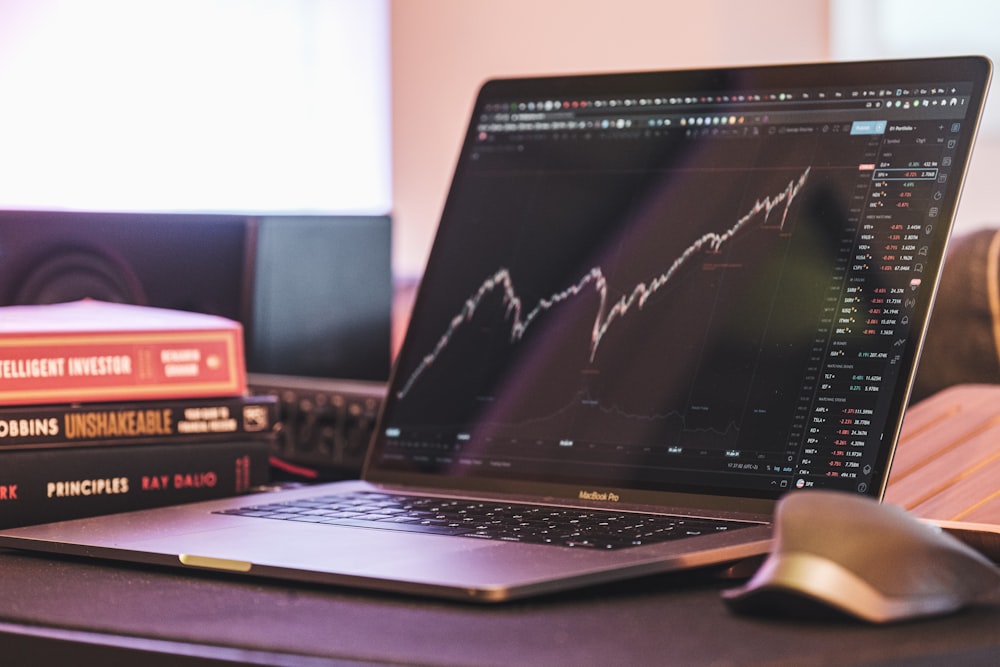Weakening Dollar Spells Good News For Dollar, Including Bitcoin
Ever since its status as the global reserve currency was cemented at the Bretton-Woods conference in the latter stages of World War II, the US dollar has ruled all before it. Last year, as economies around the globe reeled from an inflation crisis not felt since the 1970s, the greenback hit a 20-year high.
Measuring its strength via the DXY index, which compares the dollar to a basket of major foreign currencies, it has since plunged from that level of 114 to 102, representing an 11.7% fall in less than a year. The implications that this weakening brings for risk assets, including Bitcoin (BTC/USD), are seismic.
Why has the dollar weakened?
First, let’s assess why the dollar has weakened. In short: inflation and interest rates. First, these factors combined to send the dollar skyward, but that has now flipped.
Following rampant inflation, the US Federal Reserve was forced to hike interest rates aggressively last year. The pace of interest rate increases was greater than in most other countries, which served to attract capital into the greenback in search of higher yield.
However, inflation has come down markedly this year. As a result, we have seen the market’s expectations around the future path of interest rates become far more dovish, expecting a pivot back to more palatable monetary policy earlier than had previously been anticipated.
Importantly, the US is ahead of other countries in this respect. This means that the other side of the coin described earlier – capital flowing in as interest rates in the US rise relatively – is now being experienced in the form of outflows.
While monetary policy notoriously operates with a lag and there may well be weakness ahead, the US is in an undeniably strong position compared to many other economies. This serves to then weaken the dollar.
Global reserve currency
Inflation is only part of what caused the dollar to rise. The fact is that, by courtesy of being the global reserve currency, the dollar is seen as the safest asset in the world. In times of crisis, we see a flight to safety and there is nothing safer than sweet USD.
A neat way to demonstrate this is the next chart, which plots the dollar over the last half-century. Clearly, through the shaded areas which denote recessions, we can see that it tends to rise as uncertainty is high (note we are taking the technical definition of two quarters of negative GDP growth constituting a recession; this means that the COVID-caused “recession” of Q2 2020 and the very brief and benign “recession” of Q2 2022 are included on the chart).
Additionally, with so much of the financial system built on top of the dollar, its weakening lubricates the world economy. Debt is the greatest indicator of this. Much of the sovereign debt worldwide is domiciled in dollars, especially in emerging markets. When the dollar strengthens, interest payments go up on this debt, meaning nations need to produce more real goods to service their debt compared to before.
Not only that, but simple mathematics dictates that with an asset denominated in dollars, if the dollar weakens, that asset’s price in dollars will rise, all things equal. This is a nice segway into Bitcoin. BTC-USD is the commonly quoted pair, so a decreasing denominator will, of course, increase the BTC-USD ratio.
So to a certain extent, the cold, impenetrable laws of mathematics govern that there must be some inverse relationship here. But it runs deeper than that. Despite hope from many that it may one day decouple, Bitcoin currently trades like a risk-on asset. This means that, as inflation has fallen this year and sentiment picks up in line with a dropoff in interest rate expectations, Bitcoin has strengthened in line with the dollar falling.
The below chart demonstrates this well by plotting Bitcoin’s returns since the dollar’s peak (20-year high in September) against dollar returns, with the latter plotted on an inverted axis. The relationship briefly broke down as Bitcoin spiralled off the back of the FTX collapse six weeks after the dollar’s high, however once this black swan event subsided, we see that Bitcoin’s returns have tracked the inverse returns of the dollar closely.
Clearly, we can see the power of a weakening dollar for risk assets, which is the realm in which Bitcoin most definitely resides, at least at the moment.
Despite some weakening recently, the relationship has been relatively high throughout the last couple of years. Obviously, there have been crypto-specific incidents littered throughout this period (in addition to FTX, we also saw divergences amid the Terra crisis and Celsius collapse, to name a few), but overall there has generally been at least a moderate inverse relationship.
In truth, the dollar index can be viewed as a gauge and an underlying indicator of the state of the financial economy. Thus far this year, we have seen this play out in Bitcoin’s favour, as softer macro conditions have propelled the asset upwards and the dollar in the opposite direction.
More By This Author:
Novo Nordisk Shares Jump Another 17% On The Back Of Obesity Drug
Palantir Is The Best Pure Play AI Name: Wedbush
Upstart Stock Price Forecast: Prediction Ahead Of Q2 Earnings
Disclaimer: Invezz is a place where people can find reliable, unbiased information about finance, trading, and investing – but we do not offer financial advice and users should always ...
more



